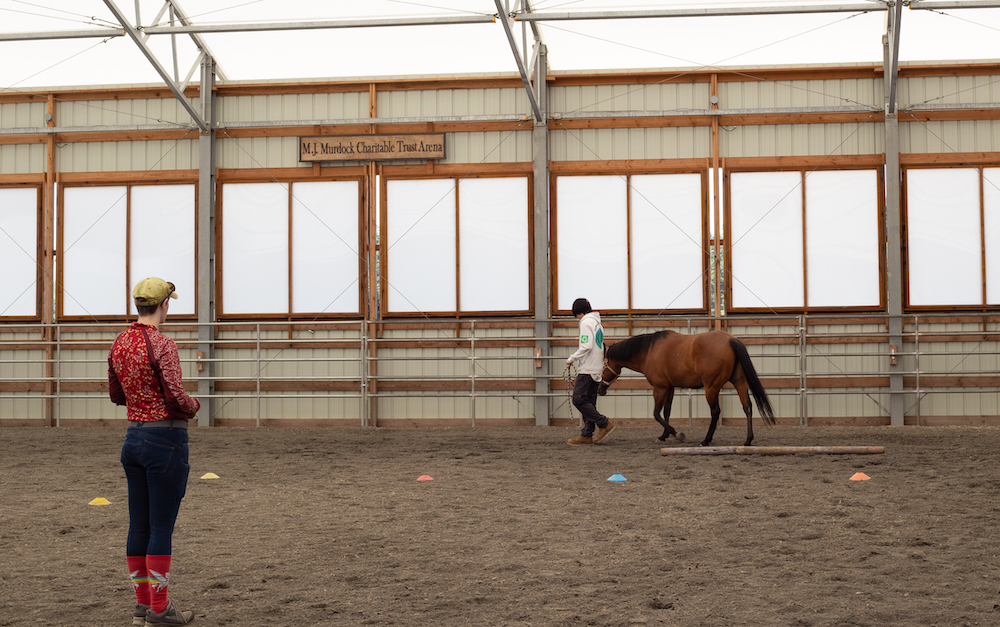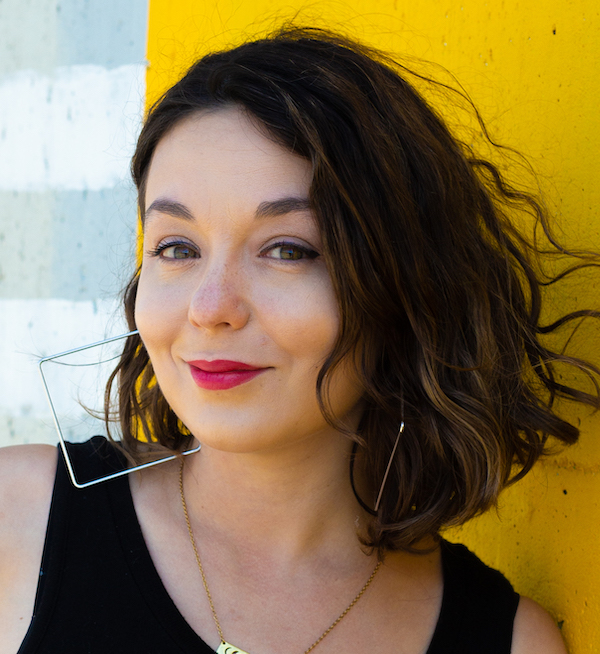
- Details
- By Elyse Wild
BEAVERTON, Ore. — On a hot July morning in Beaverton, Oregon, Dr. John Spence stands outside of an equestrian training arena, watching a 15-year-old boy lead a caramel-colored horse around an obstacle course marked by bright orange cones.
Spence, a citizen of the Gros Ventre tribe and tribal consultant for the Native American Rehabilitation Association of the Northwest (NARA NW), is lean and strong at 83 years old. He wears sunglasses, a cowboy hat, cowboy boots, and a black T-shirt that reads, “I am worthy.”
The horse swishes its coarse black tail as it walks gently behind the teenager, who is wearing an oversized white hoodie despite the triple-digit heat. Half a dozen other teenage boys stand in the arena, waiting their turn. Some shuffle their feet, their hands shoved in their pockets. A 16-year-old wearing long basketball shorts, a wide-brimmed baseball hat over his dark curls, and tattoos on his forearms calls out, “Nice job, man.”
Read the story at Native News Online.
More Stories Like This
The Importance of HandwashingIndian Health Service and Chickasaw Nation to Sign Joint Venture Agreement and Lease for Newcastle Medical Center
Q&A: Angela Gonzales (Hopi), on New Indigenous Health Research Dashboard
Health Equity Round-Up (December 22,2024)
TWO MEDICINES | How Native-Led Programs Are Blending Culture and Western Science to Help Their Relatives Through the Opioid Crisis

